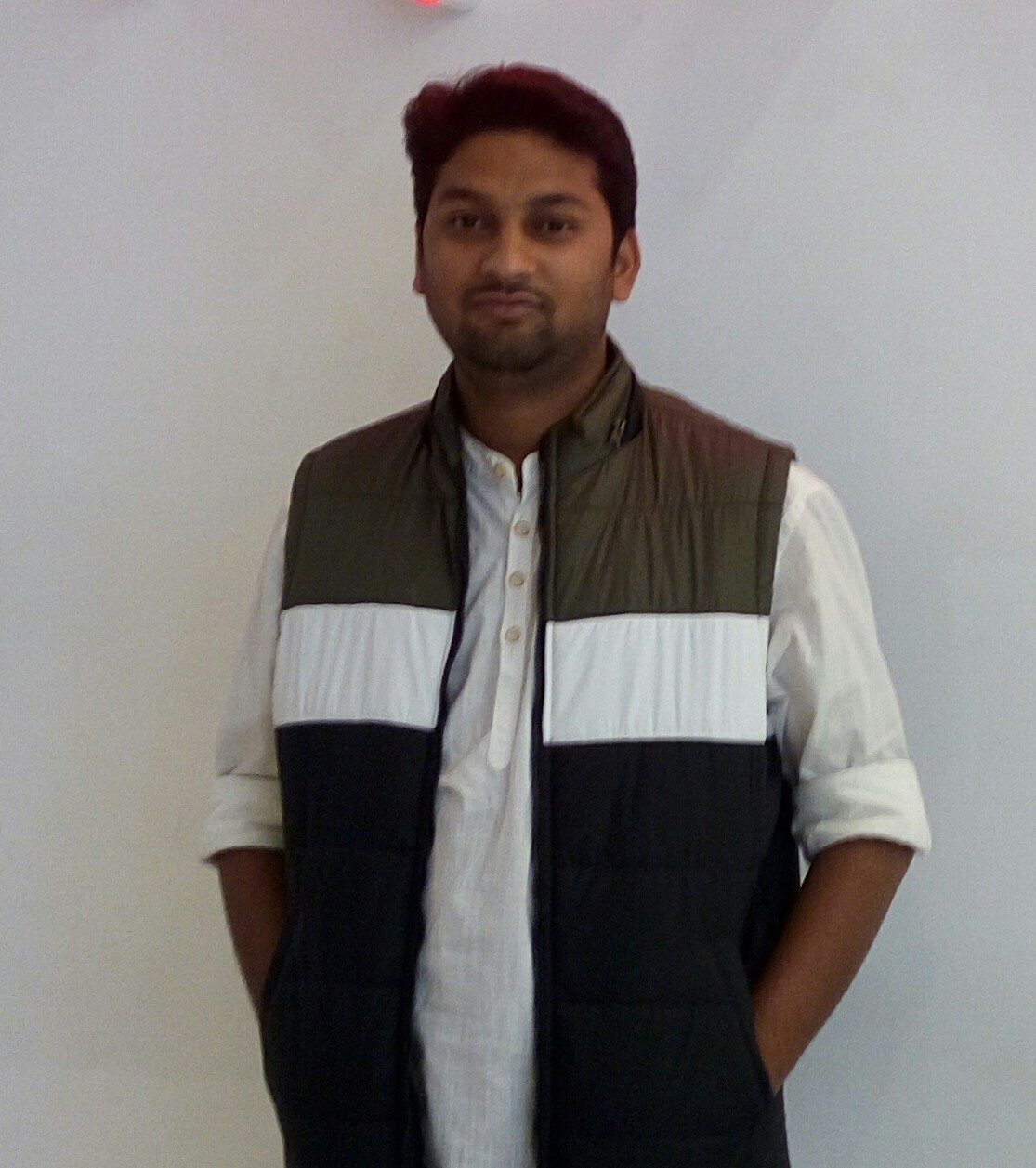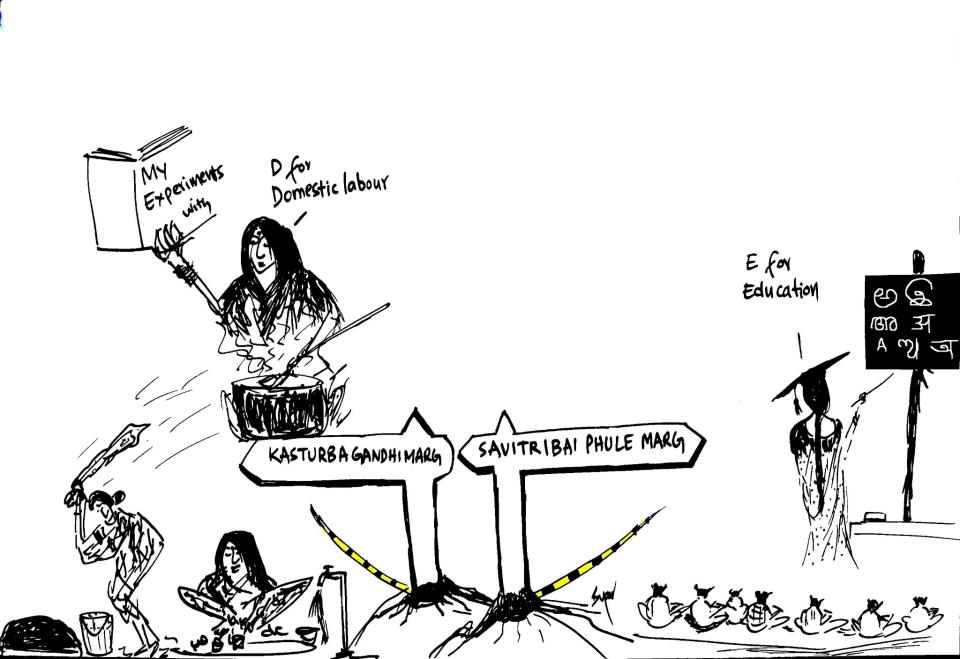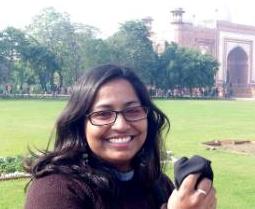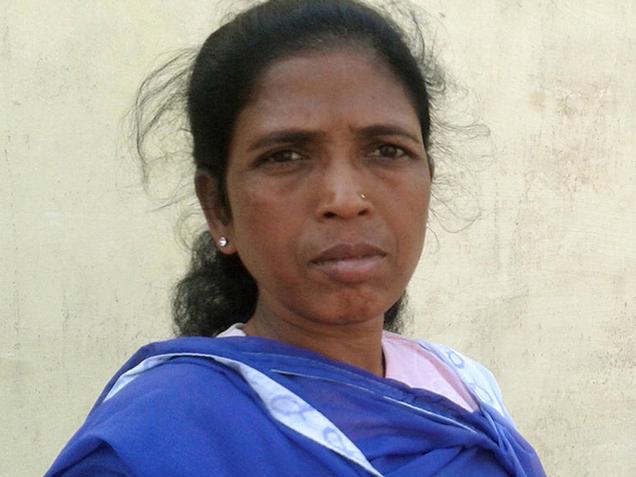Roshan Padhan
 When they say everyone is equal before law, it is the biggest lie in India. If we look at some news reports in one Odia newspaper, Sambad, this is very evident. While the Odisha government is boasting about its strict and successful implementation of the so-called lockdown, its burden is being disproportionately borne by the poor Dalits and Tribals. After the first phase of lockdown was over, and the migrant workers had run out of food and money, they had completely lost faith in the government. As the Odisha government made no efforts to bring them back, they started returning on their own. Most of the news reports focused on how they were flouting the lockdown and entering the state at night through agricultural fields and sea routes, and successfully criminalized them.
When they say everyone is equal before law, it is the biggest lie in India. If we look at some news reports in one Odia newspaper, Sambad, this is very evident. While the Odisha government is boasting about its strict and successful implementation of the so-called lockdown, its burden is being disproportionately borne by the poor Dalits and Tribals. After the first phase of lockdown was over, and the migrant workers had run out of food and money, they had completely lost faith in the government. As the Odisha government made no efforts to bring them back, they started returning on their own. Most of the news reports focused on how they were flouting the lockdown and entering the state at night through agricultural fields and sea routes, and successfully criminalized them.
The situation of migrant labourers is already precarious because of loss of livelihood and vigilante groups not letting them enter their own villages. This criminalization by the media and state has led to increased vulnerability among them.
The Odisha government and the Odia middle class is more concerned about the planning of the Cart Festival in Puri than helping the thousands of migrant workers stranded in other states without food. It is evident from the 25th April issue of the Sambad, in which the meeting held at the so-called Jagad Guru Shankaracharya’s place for the Cart Festival featured as the front page news, while migrant workers’ plight was on the 12th page.

The so-called king of Puri touching the feet of Sankaracharya
Picture courtesy: Sambad Newspaper

Some ritual held at Puri on the day of Akashya Tritya
Picture courtesy: Sambad Newspaper
When it comes to brahminical rituals, all rules are bent. We see many images of these rituals in Puri as well as in Sambalpur where all the norms of the so-called social distancing are flouted openly. Neither are they wearing masks nor maintaining physical distance as is evident from the images published. However, the reporting of these events is quite contradictory to these images, where the devotees are praised for following all the rules of the lockdown.


Pictures from a ritual held in different parts of Sambalpur
Pictures Courtesy: Sambad Newspaper
In Odisha the government has made a rule that one has to pay a fine of 200 for not wearing a mask. Poor dalits and tribals in rural areas don’t carry that much cash with them always. I have often seen them either calling their relatives for cash or being forced by the police to borrow money from a nearby acquaintance to pay fine. The amount is sometimes higher than their daily income. Mis-information and rumors are so rampant that people who can’t afford to buy food items are forced to buy face masks. The fear of the police is such that people without footwear and shirts but with face masks is a usual sight.

Pictures from a ritual held in different parts of Sambalpur
Picture Courtesy: Sambad Newspaper
In another news report, 33 Tribal families have been evicted by the Odisha government in Kalahandi district saying that they were living in a reserve forest area. When the government is advising everyone to ‘stay at home’, these tribal families are evicted from their ‘homes’ and forced to stay in open during such harsh weather. If we see this in contrast to the clearance given by the Ministry of Environment, Forest and Climate Change in this month to 16 projects which are going to hamper the ecologically sensitive and reserve forest area in the name of national development, we are forced to question the priorities of the government. If anyone poses a danger to the environment, it is the Baman-Bania state and not the tribals.

Photo courtesy: Facebook
If we consider some of the policies of compensation/relief in Odisha, we realize that these are very Brahminical in nature. Some of the poor are provided with 1500 rupees per month and extra ration during this period, and in some panchayats cooked food is provided to some families. But the priests of Puri temple, which is the most affluent temple in Odisha, are provided with 5000 rupees per month. Even if some of them are poor they should have been given the general relief package. This difference can be explained only by the hierarchy of occupations in a caste society, where priesthood which is completely unproductive, is seen as a superior occupation.

Photo courtesy: Facebook
The state government rightly announced the compensation for doctors, if they die during this pandemic, to be 50 lakh and that they will be given the status of martyrs. But, the sanitation workers who are predominantly low paid contractual Dalit workers, and now working at even greater risk to their lives, are not even acknowledged or recognized. Now, consider the above image: why didn’t anyone come up with such an image of a sanitation worker, instead of a doctor, engaged in manual scavenging holding a broomstick. The act of depicting any god’s face (in this case Lord Jagannath) on the body of a sanitation worker could generate outrage. This explains the stigma attached to sanitation workers and the caste-based occupation they are engaged in. How else can you explain an absence of any formal announcement regarding a monetary compensation for their death during service? Unlike doctors, they are expected to die while doing their low paid work, whether we are facing a pandemic or not, just because they are Dalits: their lives are dispensable.
Now that the protests by Odia migrant workers in Surat and many more pathetic stories of Odia migrant workers in other states have become national news, the Odisha government is talking about bringing back the migrant workers. But it seems to be nothing but an empty rhetoric. The Odisha government does not even have the approximate numbers of migrant Odia workers or even the places in which they are working, as most of them are engaged in highly informal setups. The numbers reported in the Odia media are not even close to the actual numbers of migrants. These high numbers of migrant laborers resulting from distress migration, rampant caste atrocities, and displacement of Tribals is completely invisibilized in the political discourse and mainstream media in the state.
News reports of deaths of migrant Odia workers are a daily event and have been completely normalized. These deaths are not seen as a marker of a failed state; rather any error or delay in any ritual at Puri temple is seen as such. Death of the migrant workers never generates a prime time debate, whereas we see numerous prime time debates over some insignificant error in rituals in Puri temple. That’s why, even now in the time of the pandemic, the migrant workers are portrayed as carriers of disease and criminals and their plight is completely ignored, whereas Brahminical rituals are carried out with complete impunity flouting all rules of lockdown.
~
References
http://sambadepaper.com/imageview_111427_148773_4_76_25-04-2020_0_i_1_sf.html
http://sambadepaper.com/imageview_112512_11419924_4_76_27-04-2020_12_i_1_sf.html
http://sambadepaper.com/imageview_112541_12354977_4_76_27-04-2020_4_i_1_sf.html
https://www.impactnews.in/not-safe-even-during-lockdown-185-acres-of-land-within-national-parks-and-sanctuaries-proposed-for-diversion-by-national-board-for-wildlife/
https://www.orissapost.com/81-odia-migrant-workers-arrested-in-surat-for-violent-protests-over-lockdown/
~~~
Roshan Padhan is from Bargah (Odisha) and is a PhD scholar in the School of Economics, University of Hyderabad, working on Economics of Education.










